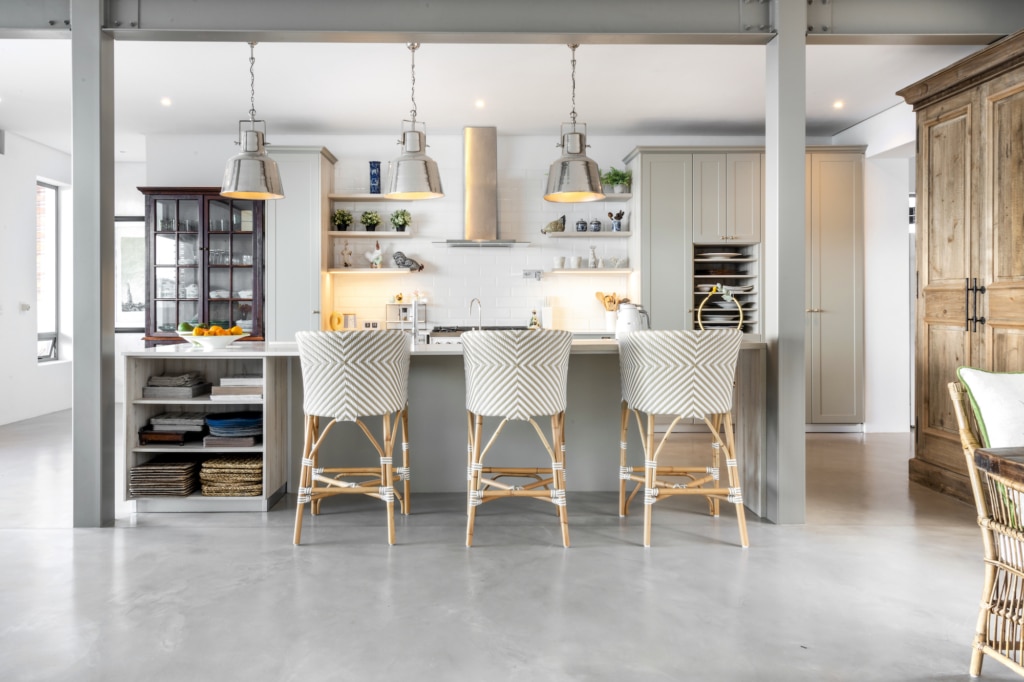Kitchen Care Guide
Essential Care & Maintenance
Keep your surfaces and cabinetry in the best condition.
We’ve compiled care and maintenance guidelines to ensure your kitchen is pristine and a proud centre point of your home. help you keep your kitchen, bar, bedroom cupboards and bathroom vanity looking fantastic.
Cupboards & Doors
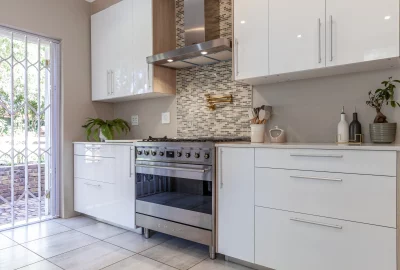
Hi-gloss doors and panels
Clean with a damp, soft cloth such as a microfiber anti-scratch cloth.
Wipe dry after cleaning. Don’t use any cleaning products containing alcohol or solvents.
Don't use abrasive cleaners, acetone, petrol or glass cleaners as this will damage the surface of the doors.
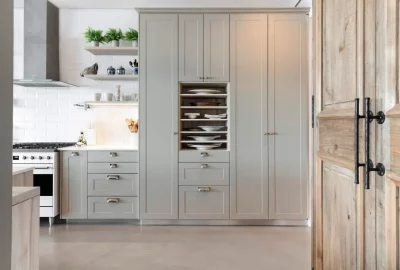
Impact melamine, thermo-foil wrap doors and panels
To clean, use only a mild soapy solution. Wipe down with a damp cloth and dry with a soft cloth. Dust with a soft cloth only.
Don't use wax-furniture polish or any cleaning products that contain alcohol or solvents.
Don't use abrasive cleaners, acetone, petrol or glass cleaners as this will damage the surface of the doors.
Cooking splashes should be wiped up immediately using a damp cloth. Use a microfiber anti-scratch cloth.
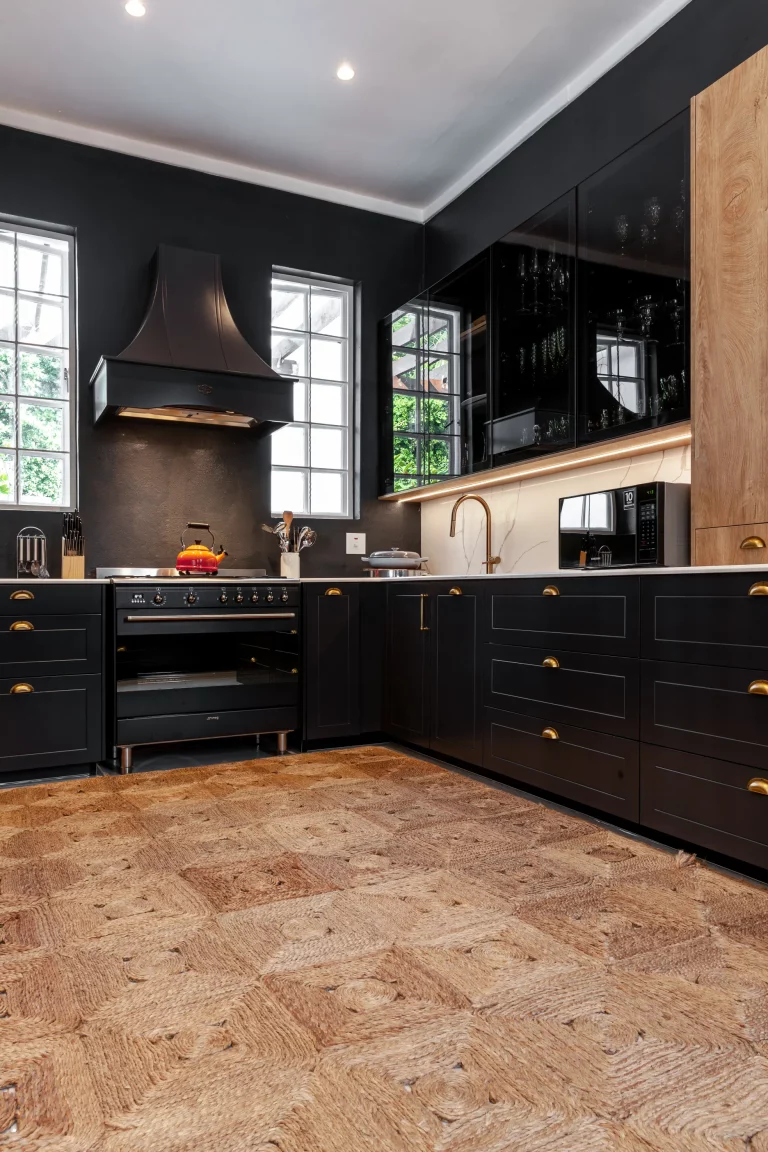
Solid wood, veneers, Painted doors and panels
Use a microfiber anti-scratch cloth when cleaning and use a very mild soapy solution.
Wipe down with a damp cloth and dry with a soft clean cloth.
Dust with a soft cloth only, following the grain pattern of the wood.
Don't use cleaning products that contain alcohol or solvents.
Don't use abrasive cleaners, acetone, petrol or glass cleaners as this will damage the surface of the doors.
It's best to use a damp cloth to remove fingerprints and marks, followed by drying with a soft cloth.
Cooking splashes should be wiped up immediately using a damp cloth.
You may be aware that wood changes colour when exposed to light; the rate of change being dependent on the species and intensity of exposure.
Please be aware that if additional doors are required in the future, a variation in colour is highly probable.
Work surfaces
Your work surfaces can become damaged if mistreated. We would recommend that you always use a chopping board, place hot pans or casserole dishes on protective mats or trivets and mop up spills immediately, particularly on joins and around sink and hob cut-out areas.
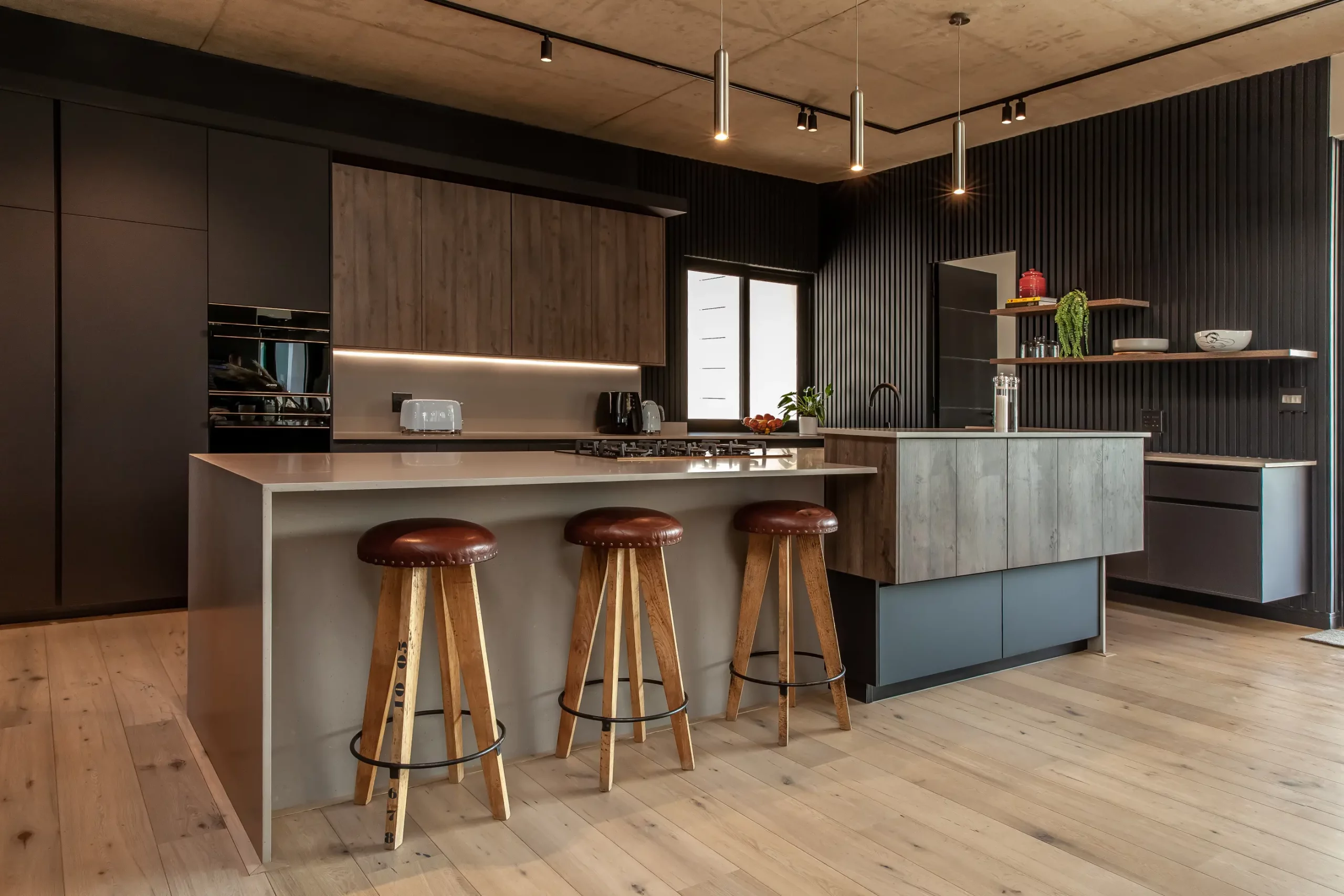
Laminated Work Surfaces
Wipe clean with a moist cloth and mild detergent.
For more stubborn marks, leave the detergent to soak for a short while before rinsing thoroughly.
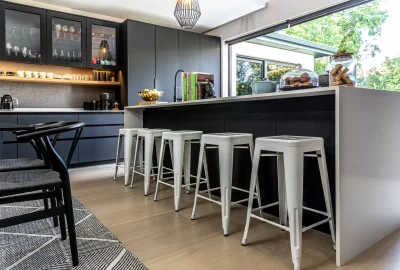
Granite and Composite Surfaces
Stone work surfaces are pre-treated with a liquid silicone sealer which reduces their natural porosity and provides a protective coating. Clean with water containing soap or a mild or neutral detergent using a soft cloth or sponge. Rinse off with clean water.
Polish dry with a soft cloth or a microfiber surface cloth. Avoid use of abrasive cleaning materials including scouring powders, steel wool or metal brushes.
Never use bleach and other chlorine-based cleaners, acids, photographic development liquid, alkalis (caustic soda) and concentrated disinfectants on stone surfaces.
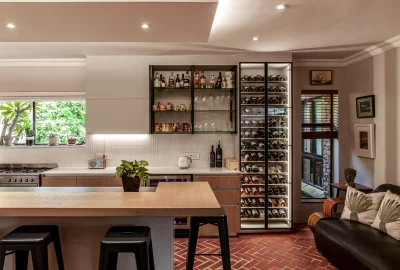
Solid Wood
Always mop up spills straight away and don't leave wet crockery to stand for any length of time on solid wood surfaces. Attention should be paid to the sink area where water gathers. Wipe water up to avoid damage. Make sure the surfaces don’t have prolonged contact with metals, such as iron and steel, as these can cause black staining of the timber. Wipe clean using a well wrung out cloth dipped in warm soapy water. Solid wood work surfaces require slightly more maintenance than other tops as they need to be oiled regularly.
We recommend using Danish oil to keep the wood supple and prevent cracking. Always follow the grain when applying oil and use a soft dry cloth.
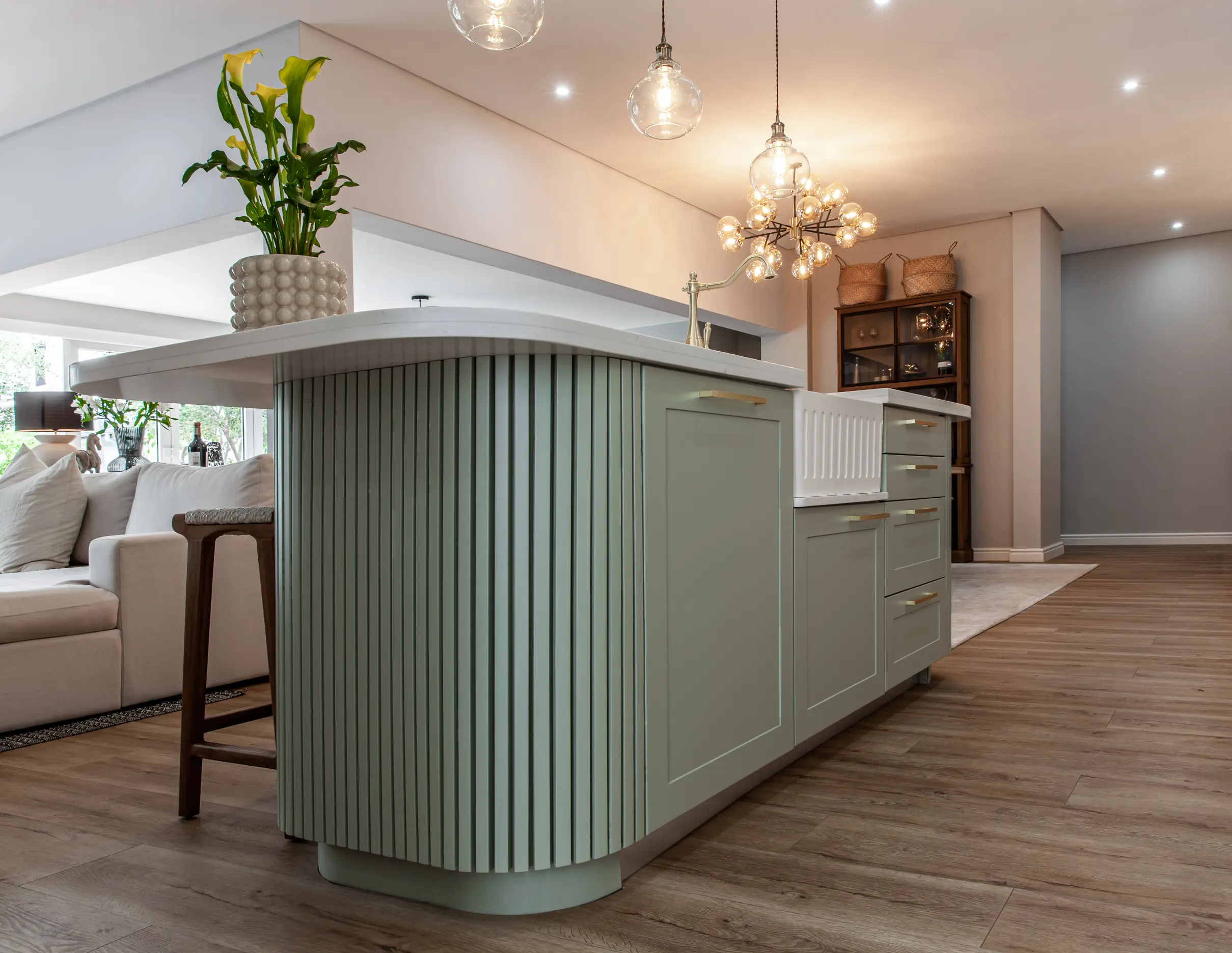
Solid Surfaces
Use soapy water, ammonia-based cleaners (not window cleaners as they can leave a waxy build up that may dull the surface) or commercially available solid surface cleaners.
These will remove most dirt and residue from all types of finishes although stubborn residue will require a little stronger cleaner.
- To avoid water marks, clean up spills before they dry.
- To disinfect, wipe surfaces with very diluted household bleach.
- If any handles or knobs are loose they should be tightened with a screwdriver.
- If any are broken they should be replaced since they can not only be unsightly but hazardous as well.
Cabinet door hinges should be checked regularly for signs of wear, especially if the door is not closing properly.
The hinges may be tightened with a screwdriver and may be replaced if they are excessively worn. These small steps can allow your kitchen cabinet doors to maintain their functionality and appearance over many years.

Stainless Steel
For general cleaning, only use a 5% liquid soap and 95% water solution. Wipe down with a damp cloth (not wet) and dry with a soft clean cloth, or alternatively use a stainless steel cleaner such as 'Inox crème'. Dust with a soft clean cloth only. Don't use cleaning products that contain alcohol or solvents.
Don't use abrasive cleaners, acetone, petrol or glass cleaners as this will damage the surface. Use a microfiber anti-scratch cloth when cleaning. A light coat of baby oil can be used to enhance the appearance if required. It makes it look, and stay, looking fantastic. There are various aerosol stainless steel cleaners on the market that can be used.


